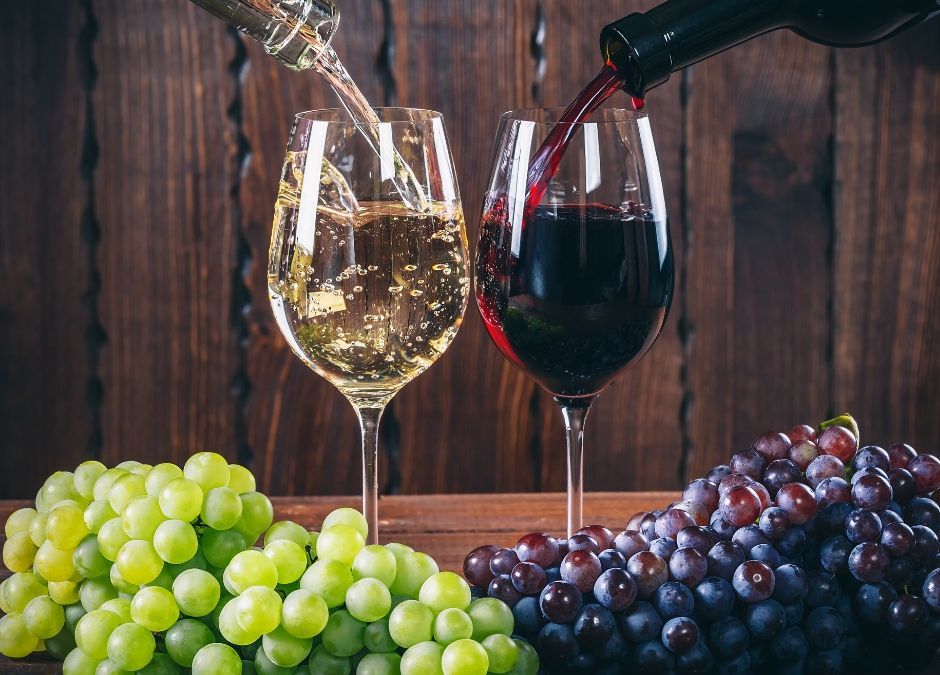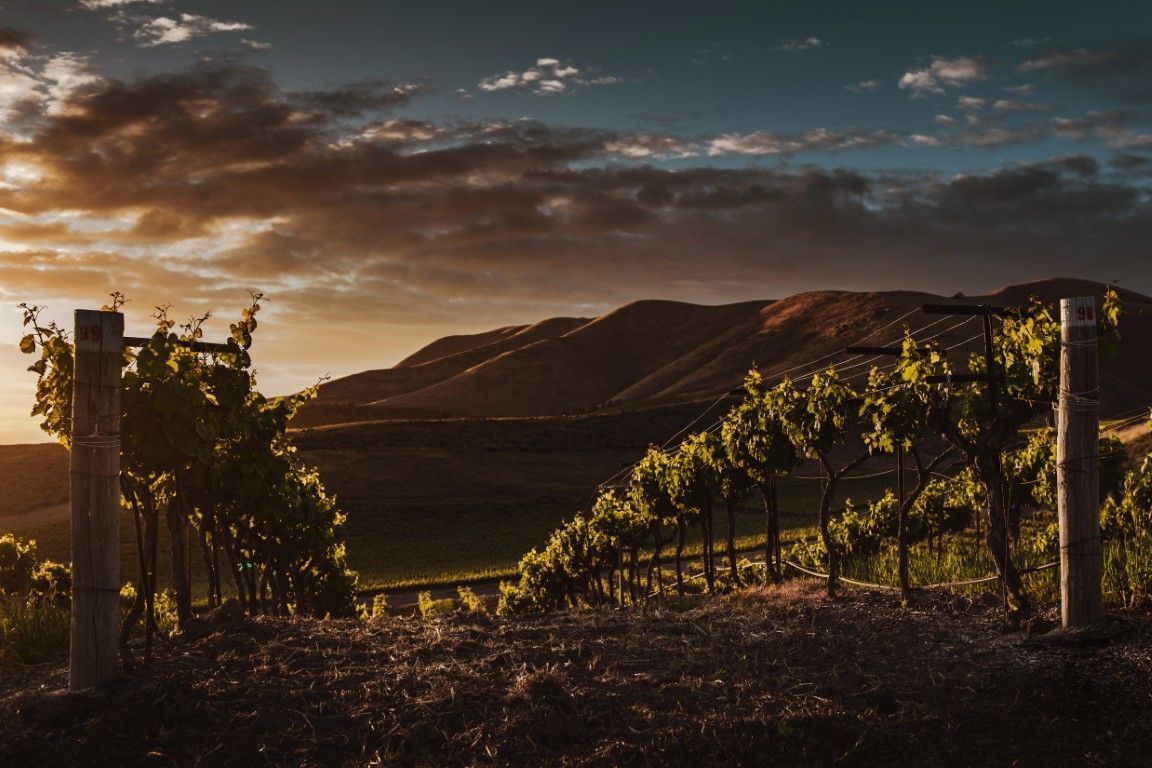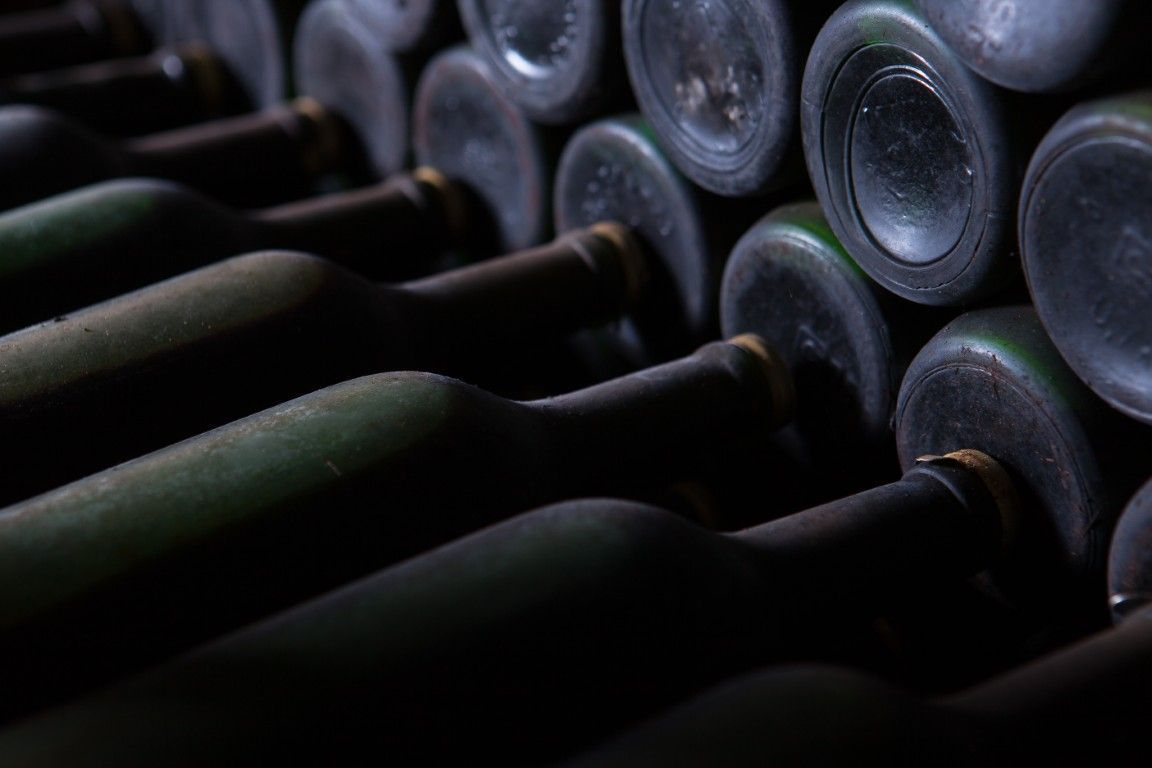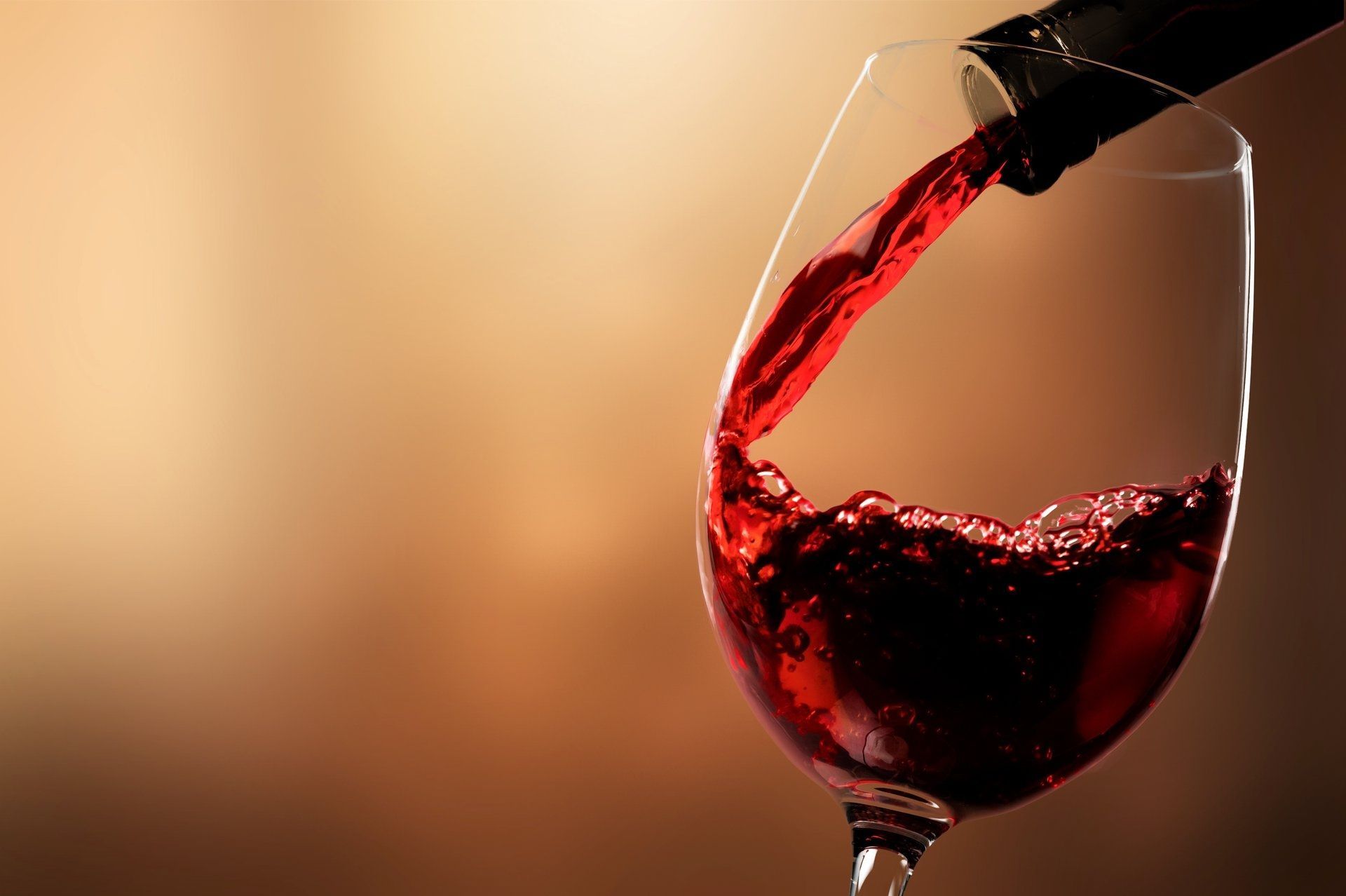The preservation of white wine is key to enjoying its nuances and freshness in every glass. For wine lovers, it’s important to understand the basics of preservation, from the ideal temperature to tips for keeping an open bottle fresh. Throughout this article, we will also highlight the relevance of specialized products, such as high-quality synthetic stoppers, which help maintain the wine’s quality. Companies like Excellent Cork offer innovative solutions in this field, ensuring a perfect seal that respects the characteristics of each wine.
Importance of Proper Wine Preservation
Why is proper wine preservation important?
Wine is a delicate product that can deteriorate if not properly preserved. Factors such as temperature, light, and exposure to oxygen affect its evolution and quality. Proper wine preservation not only ensures the enjoyment of its flavors at their peak but also prevents spoilage and oxidation.
In the case of white wine, proper preservation maintains its fruity notes and freshness, while for red wine, it preserves its aromas and complexity. This is where products like Excellent Cork’s synthetic stoppers play an essential role, offering an efficient seal that helps retain the wine’s properties, even after opening the bottle.
Differences Between White and Red Wine Preservation
Preserving white and red wines requires different approaches. White wine is generally served at cooler temperatures, which helps preserve its freshness and acidity. Red wine, on the other hand, is typically served at warmer temperatures to enhance its deeper flavors and aromas. These differences in serving temperature also reflect variations in the ideal storage temperature, a topic we will cover in detail in the following sections.

What Temperature Should White and Red Wine Be Stored At?
Ideal Temperature for Storing Red Wine
The storage temperature for red wine is crucial to preserving its qualities. Ideally, red wine should be kept at a constant temperature between 12 and 18 degrees Celsius, with minimal variations. High temperatures can accelerate aging and deteriorate its organoleptic characteristics, while extreme cold can dull its aromas and flavors.
Ideal Temperature for Storing White Wine
White wine, on the other hand, requires a lower storage temperature than red wine, typically between 8 and 12 degrees Celsius. Keeping white wine at this temperature preserves its freshness and prevents premature oxidation. This is especially important in warm climates, where temperature control is essential to maintaining the original characteristics of white wine.
Tips for Storing Red and White Wine at Home
Some practical tips for storing wine at home include:
- Proper Location: Place bottles in a cool, dark, and vibration-free place.
- Horizontal Position: Store wine horizontally to keep the cork moist and prevent air from entering the bottle.
- Temperature Stability: Maintain a constant temperature. Fluctuations can damage the wine.
For those seeking maximum preservation, Excellent Cork’s synthetic bottle stoppers offer an effective alternative for sealing open bottles, preserving the wine’s original freshness and aromas.
How to Preserve an Open Bottle of White Wine
Preserving an open bottle of white wine can be challenging, as it deteriorates faster than red wine. Here are some tips:
- Airtight Stopper: Use a stopper that prevents air from entering. Synthetic stoppers from manufacturers like Excellent Cork are ideal for this purpose, providing a secure seal.
- Refrigeration: Store open white wine in the fridge to maintain its freshness. The low temperature slows down oxidation.
- Quick Consumption: To enjoy its quality, consume white wine within 2 to 3 days after opening.
How to Preserve an Open Bottle of Red Wine
Preserving an open bottle of red wine requires specific care to maintain its aroma and flavor. As with white wine, it’s advisable to seal the bottle properly. In this regard, Excellent Cork’s stoppers are an excellent choice, as they keep red wine in good condition without allowing air to enter.
Some tips for preserving open red wine include:
- Optional Refrigeration: Although red wine can be stored outside the fridge, in warm climates it is recommended to refrigerate it slightly to slow down oxidation.
- Keep the Bottle Upright: This reduces the surface area of the wine in contact with oxygen, helping preserve its freshness.
- Consume Within a Few Days: For the best taste, consume red wine within 3 to 5 days after opening.
Frequently Asked Questions About Wine Preservation
- What is the ideal temperature for storing red wine? The ideal temperature is between 12 and 18 degrees Celsius. Maintaining wine at this temperature helps preserve its qualities.
- Can red wine be stored in the fridge once opened? Yes, especially in warm climates. The fridge slows down oxidation, although it is advisable to take it out a bit before serving to reach the ideal temperature.
- How long can open white wine be preserved? Under optimal conditions, white wine can be preserved for 2 to 3 days after opening, especially if a quality synthetic stopper is used for a proper seal.
Excellent Cork, as a manufacturer of synthetic bottle stoppers, ensures that each product meets high-quality standards, guaranteeing optimal wine preservation in both closed and open bottles.





